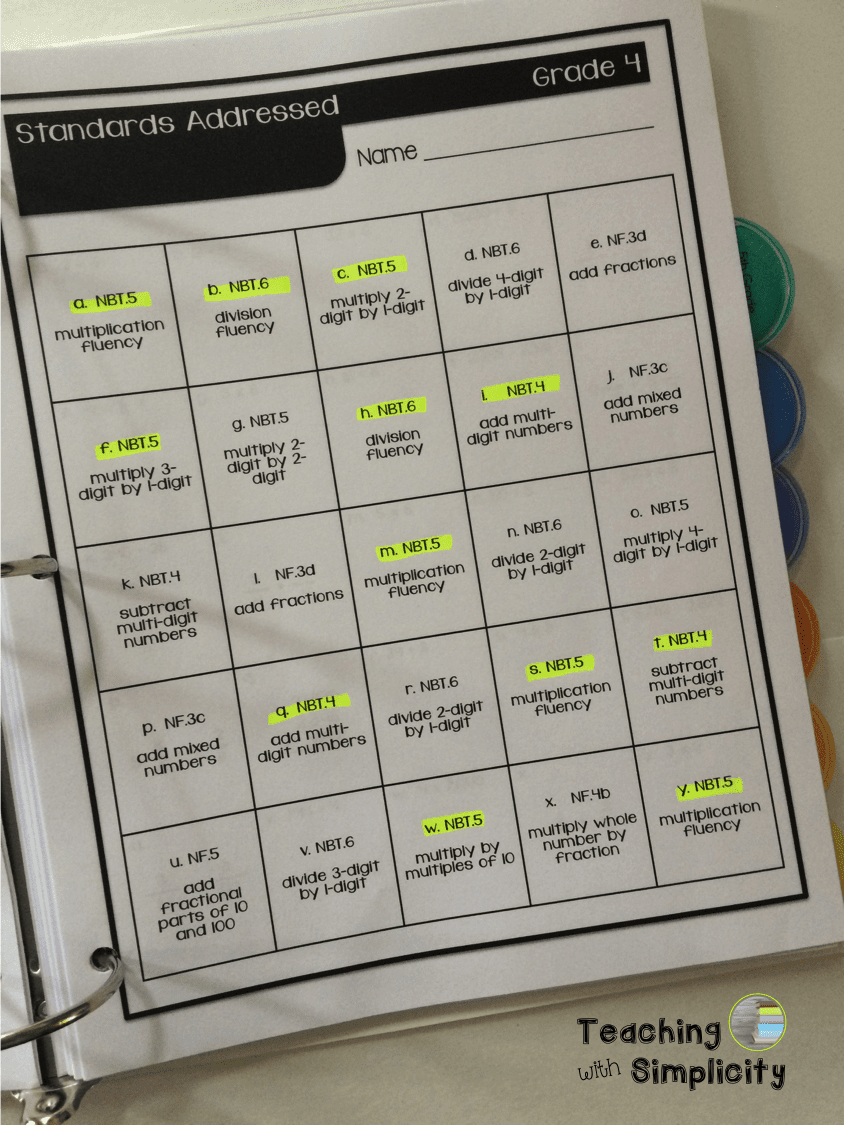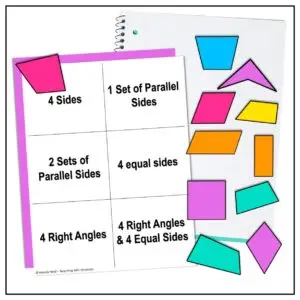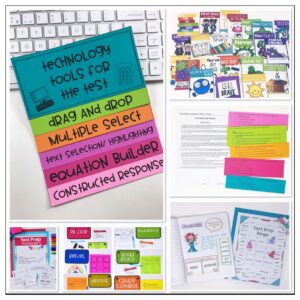The last post The Diagnostic For Standards Based Progress Monitoring, I explained how I administered the diagnostic for standards-based progress monitoring and I keep track of student progress.
This week I will share how I administer the diagnostic for computational fluency progress monitoring.

Administering Computational CBMs
Over 3 consecutive days, students take Baseline 1, Baseline 2, and Baseline 3. You will score each of the 3 CBMs to create an average. This average is the baseline. The baseline should be recorded on the Progress Monitoring Data Points graphs.
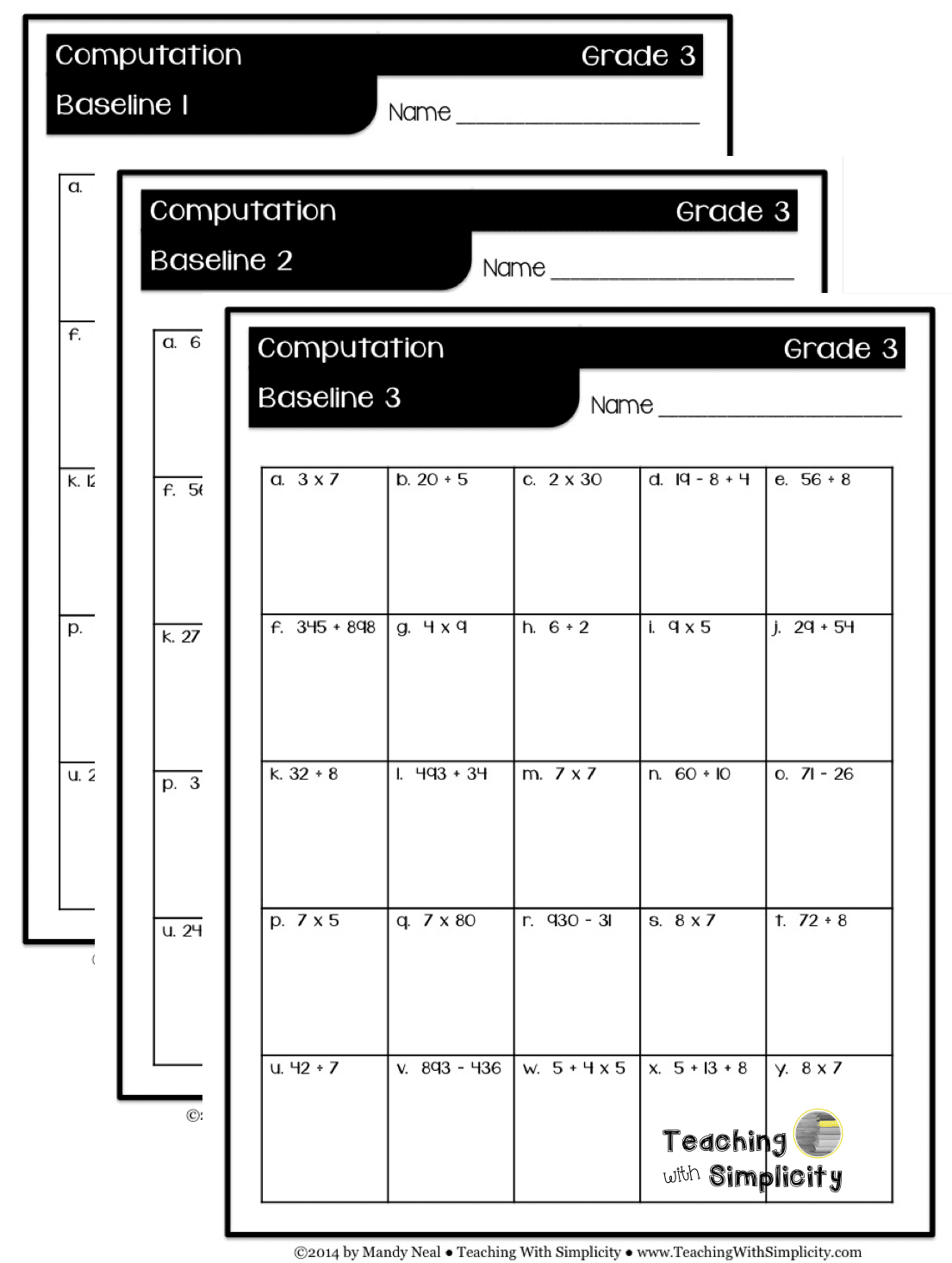
Time Limits
The amount of time that students are to be given vary between grade levels. Of course these are guidelines, but can and should be adjusted to meet your own curriculum.
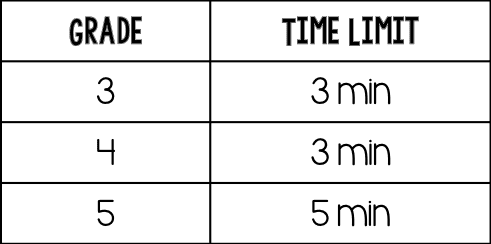
These time limits were found on the National Center on Student Progress Monitoring. For my students, especially those at risk, I find these limits to be unrealistic. I have adjusted the time limits, but have made sure that the time limits that I set at the beginning are the ones that I continue to use through the entire process.
What if Students don’t know all that’s on the assessment yet?
Not to worry! These probes were designed to represent the year-long grade-level mathematics curriculum for computational fluency. Students will not know everything at first, especially if it is the beginning of the school year.
I first began tracking my students’ computational fluency with these math probes in November. I have obviously not covered the entire grade level curriculum at this point, so it’s not fair to hold students accountable for what hasn’t been taught.
When scoring the test, I focus on the skills that students have been taught. If a student is not able to correctly answer those types of questions, this is proof that an intervention needs to take place.
Also, when students are taking the assessment I encourage them to skip around at the beginning and not to worry about the problems that are unfamiliar to them.
This is an example of what I held my students accountable for in November. I highlighted the skills that we had covered.
